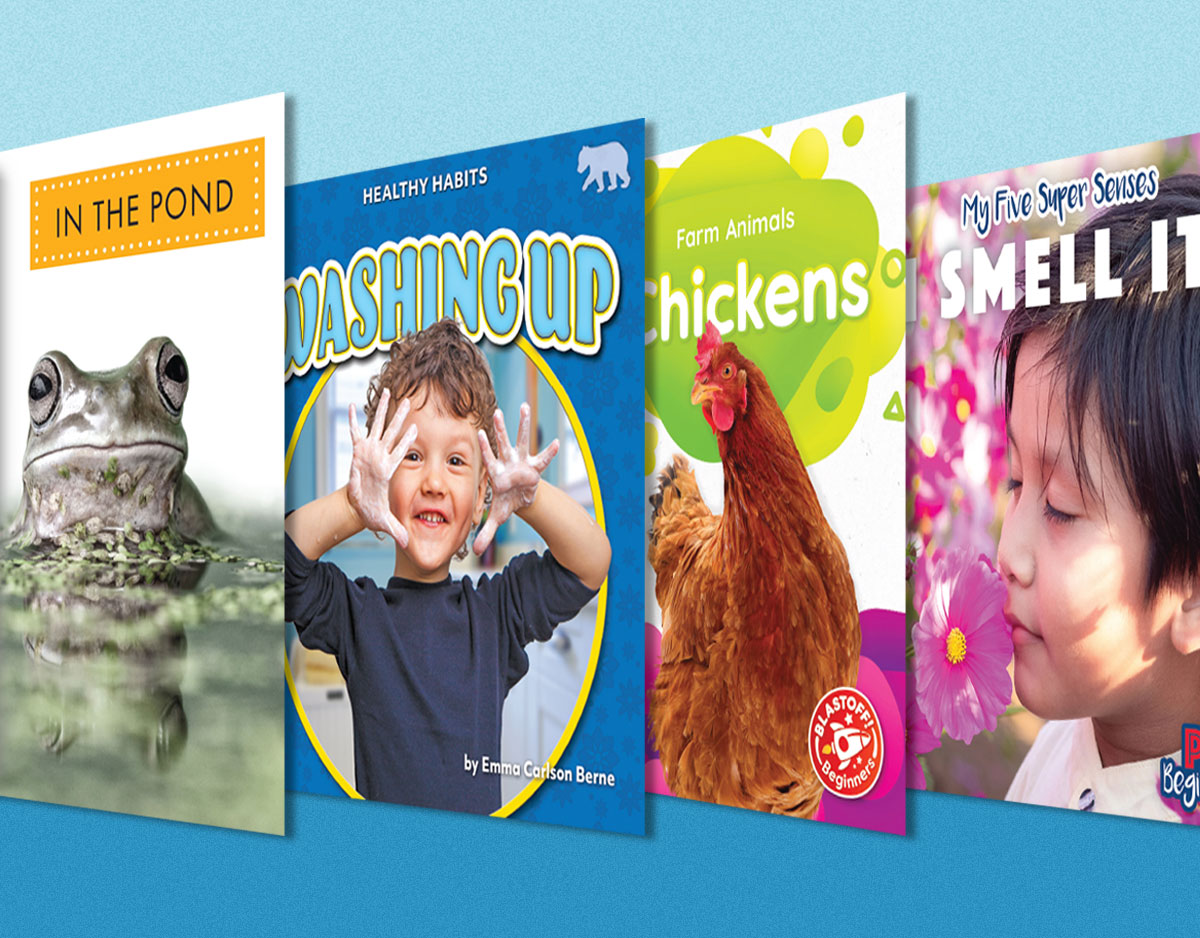SCROLL DOWN TO READ THE POST
Wakelet: for curation, collaborating and telling your stories
 One of my favorite new(ish) tools for curation is Wakelet.
One of my favorite new(ish) tools for curation is Wakelet.
In the past I’ve used to to archive conferences, share lists of best lists, crowd-source current awareness, and to keep my personal favorite classroom teaching tips and strategies handy. (Happily I discovered Wakelet in the wake of the sudden demise of tools like Google+ Communities and Storify.)
I recently had a couple of long chats with Wakelet’s developers and came away even more impressed with the tool’s affordances for curation (and more), as well as the team’s commitment to discovering and meeting the needs of users.
ADVERTISEMENT
ADVERTISEMENT
Wakelet, a free web-based tool as well as an iOS and Android app, is ideal for curation, storytelling and collaboration. It allows users to gather collections made of images, PDFs, websites as well as content from Twitter, Instagram, YouTube, Spotify, Facebook and more, and you can add your own text to narrate your collections. Collections can be designated as private, unlisted or public. Students can login in using Google, Office 365 or Facebook.
And, unlike many other curation tools, Wakelet allows you to invite collaborators. After creating a collection the share button leads to social media sharing buttons, a link to send to potential collaborators, embed code and a QR code. Collaborators do NOT need an account to contribute.

I see Wakelet as a worthy choice for:
- organizing a personal/professional visual portfolio (for students and educators)
- creating a media-rich school or library newsletter
- creating Web galleries of student work for gallery walks
- archiving twitter chats or social media around a conference
- gather materials for and staging research projects
- planning and promoting vacations and events
- sharing professional development resources
- building resources for a class or lecture or workshop
- collaboratively sharing news around a theme
- encouraging student groups to build and share knowledge for a project or presentation or assessment
- collecting book trailers and reviews
- sequencing playlists for flipping instruction
- writing a media-rich blog
- creating handy lists–of blogs, podcasts, YouTube channels, etc. (Check out Laura Cahill’s list of Ed Tech Blogs)
- addressing the AASL Shared Foundations of curation and collaboration
There’s a handy browser extension button to allow you to gather content on the fly.
You can now also add Flipgrid responses directly into Wakelet, a lovely way to contextualize and tell a story around those little videos or to collect videos from among multiple topics.
Here’s an example of how Wakelet is used at the university.
These students share how they use Wakelet to curate the research content.
This video on How to Save Lots of Tweets at once shows how easy it is to archive a live chat or the conversation around a conference or event.
 You’ll want to explore and share the free ebook The Educator’s Guide to Wakelet created by educators: Karly Moura @KarlyMoura, Sean Fahey @SeanJFahey, Paul West @pdubyatech, Randall Sampson @RandallSampson, Claudio Zavala Jr. @ClaudioZavalaJr, John Bimmerle @J_Bimmerle, Scott Titmas, @sdtitmas, and Jennifer Saarinen @snej80. It’s perfect for individual or use or use in a professional development session. Inspired by a post by Paul West, the ebook features a poster sharing the multiple ways Wakelet might be used in the classroom.
You’ll want to explore and share the free ebook The Educator’s Guide to Wakelet created by educators: Karly Moura @KarlyMoura, Sean Fahey @SeanJFahey, Paul West @pdubyatech, Randall Sampson @RandallSampson, Claudio Zavala Jr. @ClaudioZavalaJr, John Bimmerle @J_Bimmerle, Scott Titmas, @sdtitmas, and Jennifer Saarinen @snej80. It’s perfect for individual or use or use in a professional development session. Inspired by a post by Paul West, the ebook features a poster sharing the multiple ways Wakelet might be used in the classroom.
On Twitter, you can also follow the educators who are the First Wave of Wakelet Ambassadors.
Here is a collection the Wakelet developers shared with me when I asked them for favorite examples, as well as Wakelet’s current Top Picks.
Filed under: collaboration, curation, digital storytelling, technology
About Joyce Valenza
Joyce is an Assistant Professor of Teaching at Rutgers University School of Information and Communication, a technology writer, speaker, blogger and learner. Follow her on Twitter: @joycevalenza
ADVERTISEMENT
SLJ Blog Network
Name That LEGO Book Cover! (#53)
Cover Reveal and Q&A: The One and Only Googoosh with Azadeh Westergaard
Exclusive: Vol. 2 of The Weirn Books Is Coming in October | News
Take Five: Middle Grade Anthologies and Short Story Collections
The Classroom Bookshelf is Moving
ADVERTISEMENT
ADVERTISEMENT










